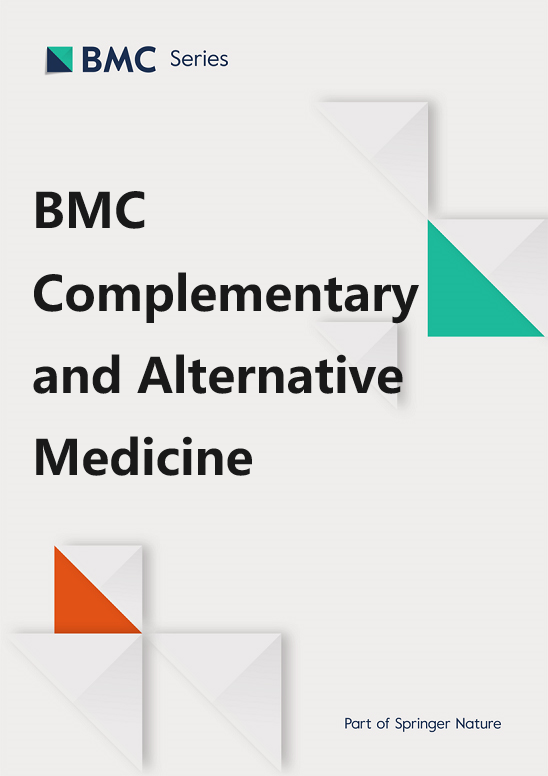比较含有小檗碱的 CS/TPP 和 CS/HPMCP 纳米颗粒对乙醇诱导的大鼠肝毒性的保护作用
IF 3.4
2区 医学
Q1 Medicine
引用次数: 0
摘要
酒精性肝病(ALD)是一种全球性的严重疾病,目前尚无有效的治疗方法。在此,我们制备了与两种不同制剂(邻苯二甲酸羟丙基甲基纤维素(HPMCP,简称 CS/HPMCP)和三聚磷酸钠(TPP,简称 CS/TPP))交联的壳聚糖(CS)纳米颗粒,并在其中负载小檗碱(BBr,分别简称 CS/HPMCP/BBr 和 CS/TPP/BBr)。在测定封装效率(EE)和负载能力(LC)的同时,还测定了纳米颗粒在刺激胃液(SGF)和刺激肠液(SIF)条件下的释放活性。此外,还评估了制备的纳米颗粒对间充质干细胞活力的影响。最后,在 ALD 小鼠模型中研究了纳米颗粒的保护作用。SEM 图像显示,CS/HPMCP 和 CS/TPP 纳米粒子的平均尺寸分别为 235.5 ± 42 nm 和 172 ± 21 nm。根据计算,CS/HPMCP/BBr 的 LC 和 EE 分别为 79.78% 和 75.79%;而 CS/TPP/BBr 的 LC 和 EE 分别为 84.26% 和 80.05%。pH 值是 CS/HPMCP 纳米粒子释放 BBr 的决定性因素,因为在酸性较低的环境中观察到较高的货物释放率。与不含BBr的纳米颗粒相比,负载BBr的纳米颗粒都能提高间充质干细胞的存活率。体内研究结果表明,CS/HPMCP/BBr 和 CS/TPP/BBr 纳米颗粒能保护酶肝功能免受乙醇引起的损伤。它们还能防止乙醇诱导的组织病理学损伤。用 HPMCP 交联 CS 纳米粒子可以在肠道中介导药物的可控释放,从而提高 BBr 的生物利用率。本文章由计算机程序翻译,如有差异,请以英文原文为准。
Comparison of the protective effects of CS/TPP and CS/HPMCP nanoparticles containing berberine in ethanol-induced hepatotoxicity in rat
Alcoholic liver disease (ALD) is a globally critical condition with no available efficient treatments. Herein, we generated chitosan (CS) nanoparticles cross-linked with two different agents, hydroxypropyl methylcellulose phthalate (HPMCP; termed as CS/HPMCP) and tripolyphosphate (TPP; termed as CS/TPP), and loaded them with berberine (BBr; referred to as CS/HPMCP/BBr and CS/TPP/BBr, respectively). Alongside the encapsulation efficiency (EE) and loading capacity (LC), the releasing activity of the nanoparticles was also measured in stimulated gastric fluid (SGF) and stimulated intestinal fluid (SIF) conditions. The effects of the prepared nanoparticles on the viability of mesenchymal stem cells (MSCs) were also evaluated. Ultimately, the protective effects of the nanoparticles were investigated in ALD mouse models. SEM images demonstrated that CS/HPMCP and CS/TPP nanoparticles had an average size of 235.5 ± 42 and 172 ± 21 nm, respectively. The LC and EE for CS/HPMCP/BBr were calculated as 79.78% and 75.79%, respectively; while the LC and EE for CS/TPP/BBr were 84.26% and 80.05%, respectively. pH was a determining factor for releasing BBr from CS/HPMCP nanoparticles as a higher cargo-releasing rate was observed in a less acidic environment. Both the BBr-loaded nanoparticles increased the viability of MSCs in comparison with their BBr-free counterparts. In vivo results demonstrated CS/HPMCP/BBr and CS/TPP/BBr nanoparticles protected enzymatic liver functionality against ethanol-induced damage. They also prevented histopathological ethanol-induced damage. Crosslinking CS nanoparticles with HPMCP can mediate controlled drug release in the intestine improving the bioavailability of BBr.
求助全文
通过发布文献求助,成功后即可免费获取论文全文。
去求助
来源期刊

BMC Complementary and Alternative Medicine
INTEGRATIVE & COMPLEMENTARY MEDICINE-
CiteScore
7.00
自引率
0.00%
发文量
0
审稿时长
3 months
期刊介绍:
BMC Complementary Medicine and Therapies is an open access journal publishing original peer-reviewed research articles on interventions and resources that complement or replace conventional therapies, with a specific emphasis on research that explores the biological mechanisms of action, as well as their efficacy, safety, costs, patterns of use and/or implementation.
 求助内容:
求助内容: 应助结果提醒方式:
应助结果提醒方式:


